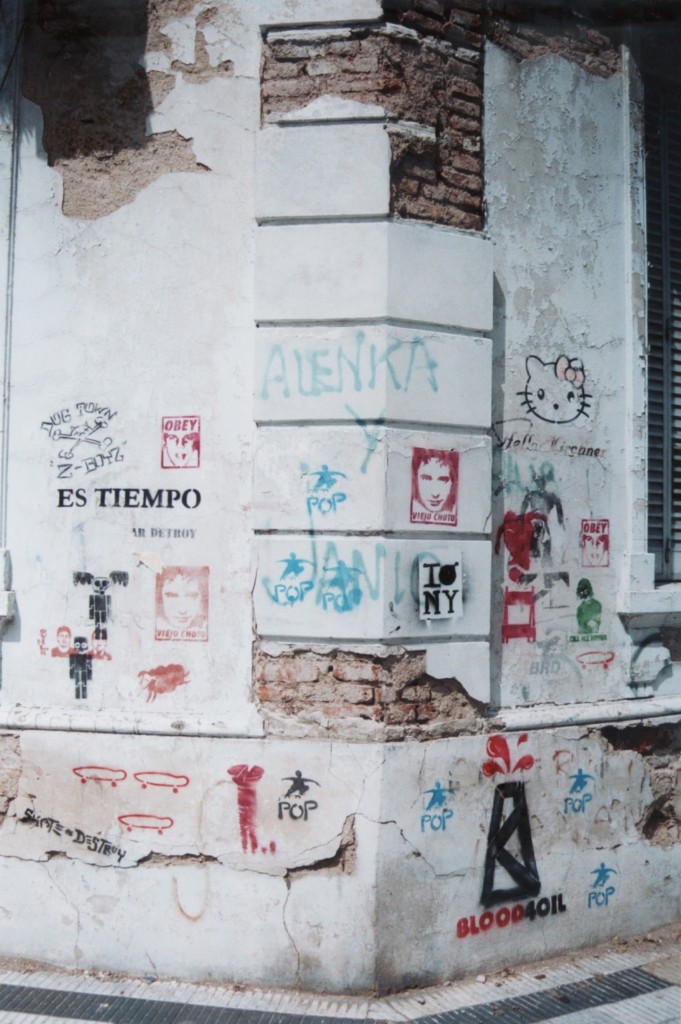
“SpY’s ‘ORB’ Installation Makes Its Debut in Montreal: Showcasing the Growth of Street Art”

# SpY’s ‘ORB’ Installation Comes to Montreal: Showcasing the Transformation of Street Art
In recent times, Montreal has established itself as a hub for the global urban art movement. From the lively murals in Plateau Mont-Royal to the internationally acclaimed MURAL Festival, the city is a vibrant backdrop brimming with color, imagination, and social critique. Thus, it’s no wonder that one of the most celebrated street artists worldwide—**SpY**—selected this city for his latest installation, the mesmerizing **‘ORB.’**
SpY’s ‘ORB’ transcends being merely another piece of street art; it is a compelling reflection of the genre’s evolution from rudimentary tags and graffiti to expansive, architectural works that resonate with both urban environments and societal themes. The introduction of ‘ORB’ in Montreal has sparked discussions regarding the development of street art and its capacity to engage audiences on philosophical and ecological levels.
## Who is SpY?
SpY, a trailblazer in urban art, originates from Spain and has gained recognition for his cryptic and thought-provoking installations. His creations often blur distinctions between “street art” and public art, prompting viewers to reconsider significant societal issues. The majority of SpY’s works entail minimalist interventions in public spaces, crafted to astonish or provoke thought.
In contrast to many graffiti artists, who gained notoriety by tagging walls and trains with their names or political statements, SpY’s creations are intentional and designed to interact with their environment. Following the tradition of site-specific art, he develops pieces that are not only visually captivating but also intricately connected to the context of their surroundings—frequently challenging observers to rethink both public space and their participation within it.
## The ORB: What is it?
The **’ORB’** stands as one of SpY’s most ambitious projects. Towering at an impressive **8 meters (26 feet)** in diameter, this enormous spherical sculpture mirrors its surroundings—literally, due to its reflective surface. Placed in the lively streets of downtown Montreal, ‘ORB’ acts as a metallic lens, capturing the cityscape, its people, and the ever-changing weather.
Unlike a fixed art installation, ‘ORB’ adapts and evolves with its environment. Both tourists and locals are captivated, their reflections twisting and changing as they walk around the sphere. The minimalist design and highly reflective surface embody SpY’s philosophy, which frequently fosters a conversation between the artwork and the viewer.
But why choose a sphere, and why at this moment?
### Symbolism of the ORB
The shape of a perfect sphere has historically been imbued with multiple symbolic meanings—from completeness and unity to the celestial and the cosmic. The **ORB** installation aims to encapsulate a similar array of interpretations. Its rounded form could be interpreted as a commentary on the **global nature** of contemporary street art—no longer limited to urban outskirts or rebellious scenes, but now a mainstream artistic expression with universal relevance.
The reflective surface captures everything in its vicinity—structures, individuals, the sky—adding another layer of significance. Perhaps SpY is urging viewers to reflect, quite literally, on their environment and their role within it. The ORB transcends being just a sculpture; it transforms into a **metaphor for interconnectedness** within an increasingly fragmented society.
Furthermore, ORB addresses pressing contemporary topics such as environmental sustainability. Positioned in the core of the urban landscape, this shining installation might also symbolize **humanity’s effect on the natural world.** By reflecting the environment, ORB poses the question: is this the world we wish to see reflected back at us?
## Street Art’s Evolution: Beyond Graffiti and Murals
The evolution of street art from a subculture to a mainstream phenomenon is a captivating narrative. Originating from the **graffiti movement** of the 1970s and 1980s, street art once represented rebellion, anti-establishment attitudes, and anonymity. Artists faced legal repercussions to voice their messages on walls, trains, and other urban surfaces, challenging both public and private spaces.
As the art form matured, many street artists transitioned from vandalism and tagging to more refined, deliberate interventions. Murals chronicling local history or political statements gained popularity, as did **site-specific installations** like SpY’s ‘ORB,’ which aimed to engage more profoundly with the urban landscape than mere defacement.
In this context, SpY’s ‘ORB’ symbolizes the next phase of **street art’s transformation**. The days when street art was solely associated with delinquency or protest are gone. Nowadays, the most esteemed street artists are those who function within social and contextual frameworks, seeing urban spaces not as blank canvases to be vandalized but as **vital arenas** for artistic and social discussions.
Montreal, with its rich